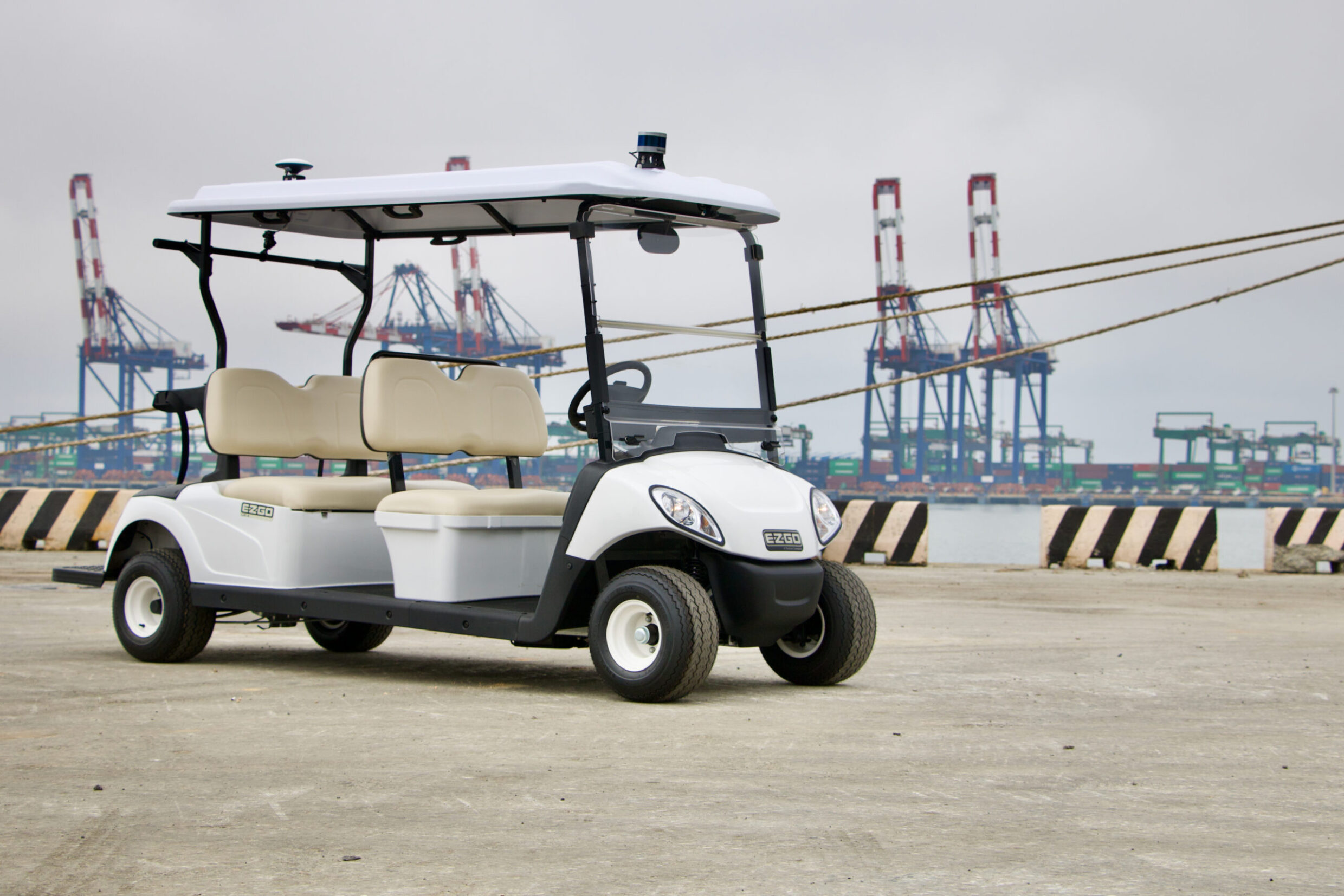Autonomous driving ISO Standard reaffirms Turing Drive product development
Until recently, the lack of standard has hindered autonomous driving vehicles from deployment, especially for low-speed automated driving (LSAD) systems that is commercially desirable and technically capable. The latest ISO 22737:2021 filled the vacuum and boosted confidence for LSAD developers like Turing Drive. The guidance also assured end users, or site owners, who have long anticipated to introduce LSAD for enhanced mobility and efficiency.
A Reference Point
Published in July 2021, the IOS standard is titled “Intelligent transport systems —Low- speed automated driving (LSAD) systems for predefined routes — Performance requirements, system requirements and performance test procedures”. According to its foreword, LSAD systems will be used for applications like last-mile transportation, transport in business or university campus areas and other low speed environments. The document specified requirements and procedures that would assist LSAD system manufacturers in meeting minimum safety requirements and enable end users, operators and regulators to include proper performance requirements in their bid for LASD vehicles.
Developer’s Handbook
A trailblazer in LSAD since 2018, Turing Drive has run various types of autonomous vehicles across 10 sites over 33,000 kms as of August, 2022. However, in many operations, project sponsors—mostly government bodies or site owners—had different expectations of LSAD. For instance, some would demand increasingly high speed, and some would conceptualize a very dramatic test plan which had no scientific background. Unfortunately, there was no reference to explain and measure LSAD performance. The lack of benchmarking led to frustration and waste of time for Turing Drive and potential clients.
ISO 22737 has truly benefited Turing Drive in terms of product development and testing. The groundbreaking guideline defines many operational conditions (OC) under certain operational design domains (ODD). For instance, according to the standard, only vehicles running below 32 kph fall into the category of LSAD. Safety assessment methodology is also elaborated. These concepts and terminologies put product managers and developers on the same page and reduce miscommunication.
Among all the Chapters, operational design domains (7.3), communication requirements (7.5), and performance test procedures (11) matter most, as Turing Drive has been put LSAD for commercial use from late 2021. ODDs list out the environmental factors that would limit LSAD’s capabilities; communication is key to fleet management and data collection; test is essential to demonstrate product readiness.
On-par with ISO Standard
We are pleased to find that Turing Drive has been practicing most of the guidelines over the past four years, as a matter of fact. Very often we adopted more strict testing requirements, for example, driving in the dark when a vehicle approaches from the opposite direction with headlight on.
In mid-2020, Turing Drive tested medium-sized bus on bus lane in downtown Taipei City at off-peak hours. The bus would call at stops, start by itself, and store driving data in the backend system—all consistent with ISO 22737. In other words, Turing Drive’s product and technical development turns out to match the unprecedented LSAD standard.
What’s missing in ISO 22737?
Many critical issues are not yet addressed in the current document: GPS localization, HD Map, communication with roadside units, details about geofence, etc. Those items are almost indispensable for LSAD operating in confined area.
However, we do understand that the purpose of an ISO standard is to point out what should be done, not how it should be done. In many ways, ISO 22737 marks an historic first step towards LSAD development and commercialization. We are thankful to the committee of experts behind the guideline in the hope that more end users and industry stakeholders would agree on this LSAD best practice.
Download ISO 22737: https://www.iso.org/standard/73767.html



